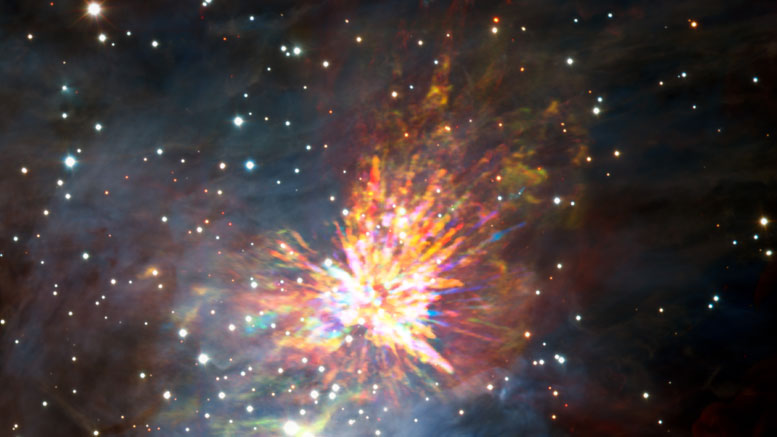
Astronomers captured these dramatic images of the remains of a 500-year-old explosion as they explored the firework-like debris from the birth of a group of massive stars, demonstrating that star formation can be a violent and explosive process too. The colors in the ALMA data represent the relative Doppler shifting of the millimeter-wavelength light emitted by carbon monoxide gas. The blue color in the ALMA data represents gas approaching at the highest speeds; the red color is from gas moving toward us more slowly. The background image includes optical and near-infrared imaging from both the Gemini South and ESO Very Large Telescope. The famous Trapezium Cluster of hot young stars appears towards the bottom of this image.
Using data from the Atacama Large Millimeter/submillimeter Array (ALMA), astronomers show a stellar explosion in the Orion Nebula in unprecedented detail.
Stellar explosions are most often associated with supernovae, the spectacular deaths of stars. But new observations from the Atacama Large Millimeter/submillimeter Array provide insights into explosions at the other end of the stellar life cycle, star birth. Astronomers captured these dramatic images as they explored the firework-like debris from the birth of a group of massive stars, demonstrating that star formation can be a violent and explosive process too.
The dense and active star formation factory called the Orion Molecular Cloud 1 (OMC-1) is located 1350 light-years away in the constellation of Orion, part of the same complex as the Orion Nebula. Stars are born when a cloud of gas hundreds of times more massive than our Sun begins to collapse under its own gravity. In the densest regions, protostars ignite and begin to drift about randomly. Over time, some stars begin to fall toward a common center of gravity, which is usually dominated by a particularly large protostar — and if the stars have a close encounter before they can escape their stellar nursery, violent interactions can occur.
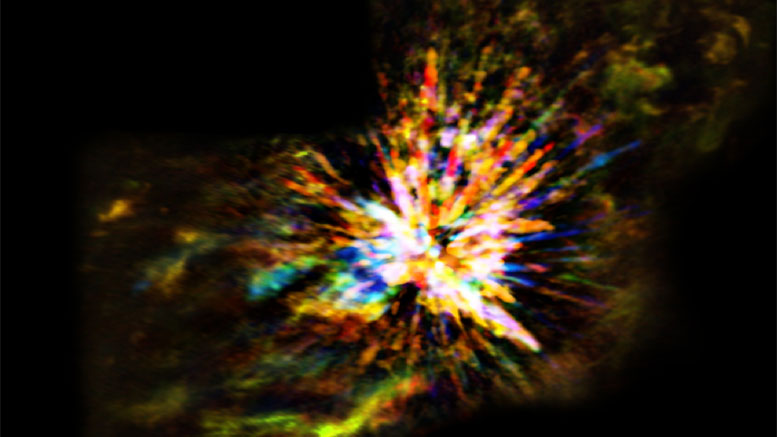
ALMA view of an explosive event in Orion. The colors in the ALMA data represent the relative Doppler shifting of the millimeter-wavelength light emitted by carbon monoxide gas. The blue color in the ALMA data represents gas approaching at the highest speeds; the red color is from gas moving toward us more slowly.
About 100,000 years ago, several protostars started to form deep within the OMC-1. Gravity began to pull them together with ever-increasing speed, until 500 years ago two of them finally clashed. Scientists are not sure whether they merely grazed each other or collided head-on, but either way it triggered a powerful eruption that launched other nearby protostars and hundreds of colossal streamers of gas and dust out into interstellar space at over 150 kilometers (93 miles) per second. This cataclysmic interaction released as much energy as our Sun emits in 10 million years.
Stellar explosions are most often associated with supernovae, the spectacular deaths of stars. But new Atacama Large Millimeter/submillimeter Array (ALMA) observations of the Orion Nebula complex provide insights into explosions at the other end of the stellar life cycle, star birth. This ESOcast Light takes a quick look at the important facts.
Fast forward 500 years, and a team of astronomers (led by John Bally from the University of Colorado) has used the Atacama Large Millimeter/submillimeter Array to peer into the heart of this cloud. There the astronomers found the flung-out debris from the explosive birth of this clump of massive stars, looking like a cosmic version of fireworks with giant streamers rocketing off in all directions.
Such explosions are expected to be relatively short-lived, the remnants like those seen by ALMA lasting only centuries. But although they are fleeting, such protostellar explosions may be relatively common. By destroying their parent cloud, these events might also help to regulate the pace of star formation in such giant molecular clouds.
Hints of the explosive nature of the debris in OMC-1 were first revealed by the Submillimeter Array in Hawaii in 2009. Bally and his team also observed this object in the near-infrared with the Gemini South telescope in Chile, revealing the remarkable structure of the streamers, which extend nearly a light-year from end to end.
The new Atacama Large Millimeter/submillimeter Array images, however, showcase the explosive nature in high resolution, unveiling important details about the distribution and high-velocity motion of the carbon monoxide (CO) gas inside the streamers. This will help researchers understand the underlying force of the blast, and what impact such events could have on star formation across the galaxy.
This video sequence compares a new ALMA image of an explosive event in the Orion star forming region with an image taken in infrared light using the HAWK-I camera on ESO’s Very Large Telescope.
Reference: “The ALMA View of the OMC1 Explosion in Orion” by John Bally, Adam Ginsburg, Hector Arce, Josh Eisner, Allison Youngblood, Luis Zapata and Hans Zinnecker, 3 March 2017, The Astrophysical Journal.
DOI: 10.3847/1538-4357/aa5c8b
arXiv


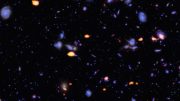
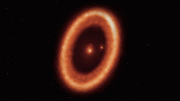
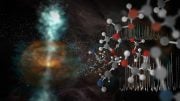
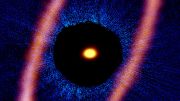
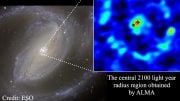
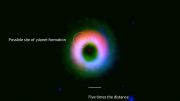
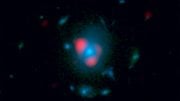
Be the first to comment on "New ALMA Observations Show Stellar Explosion in Unprecedented Detail"